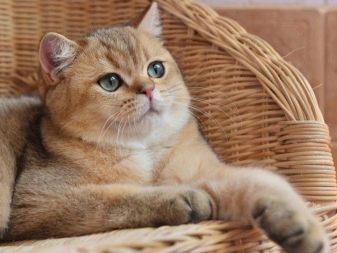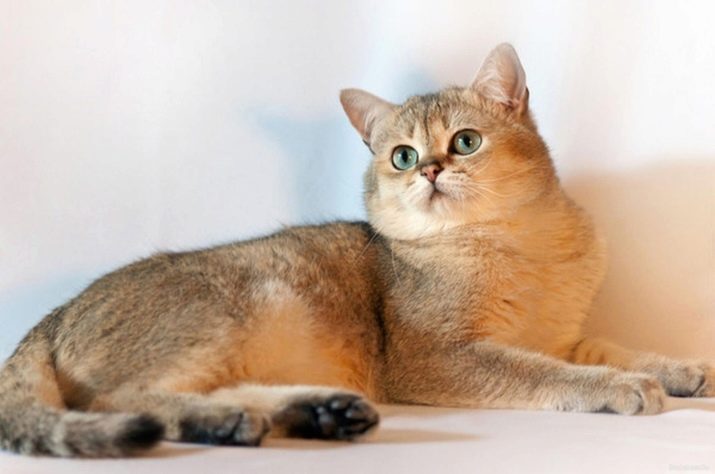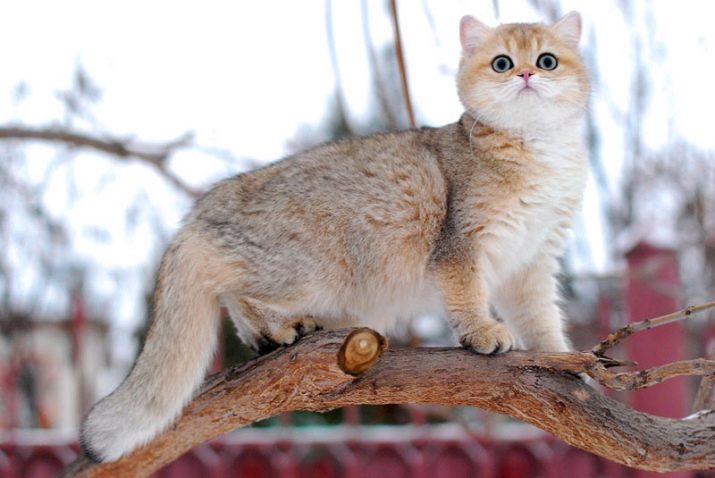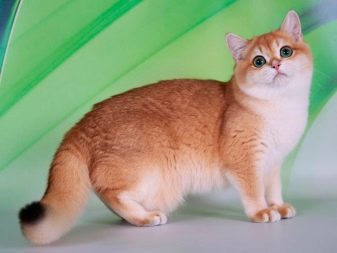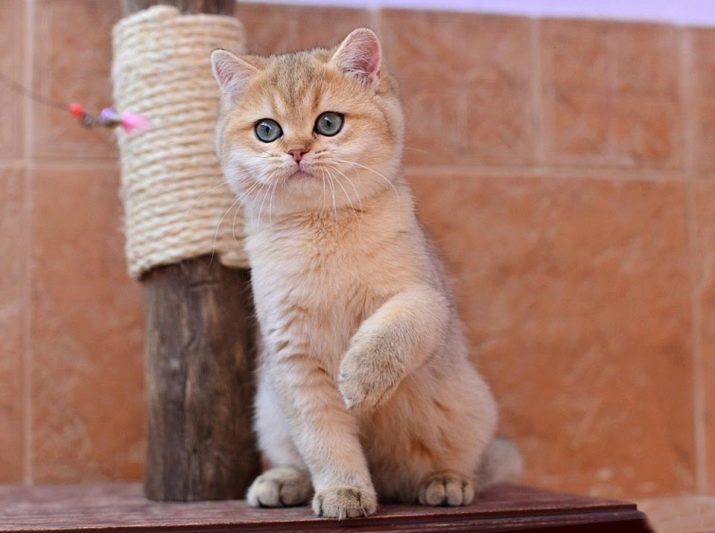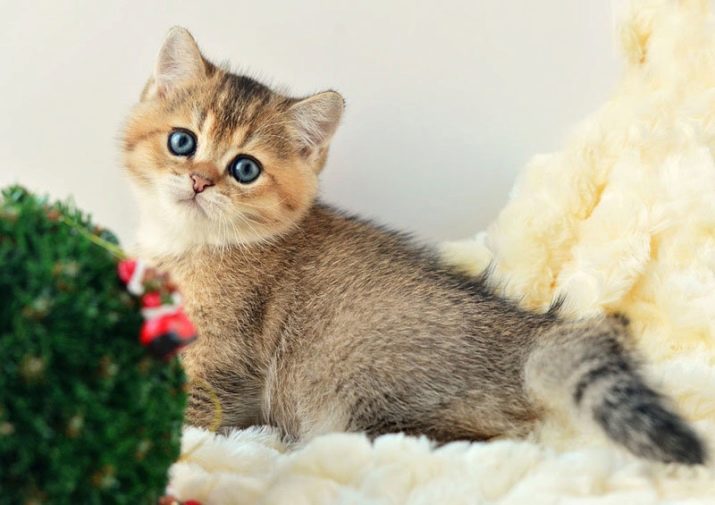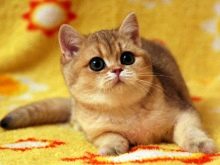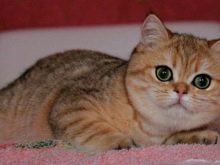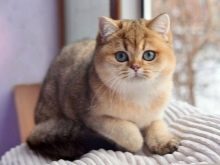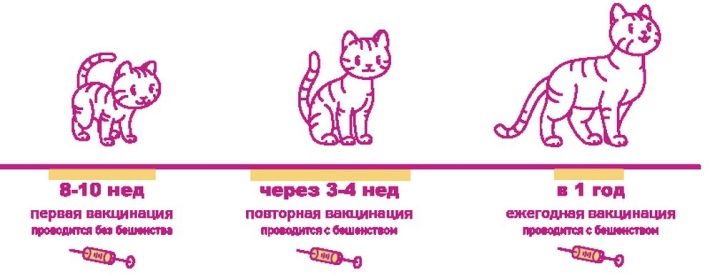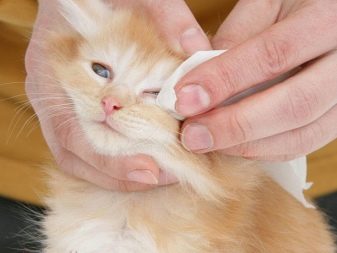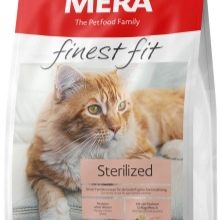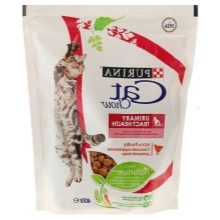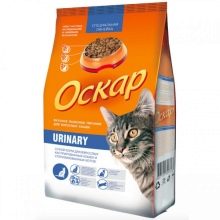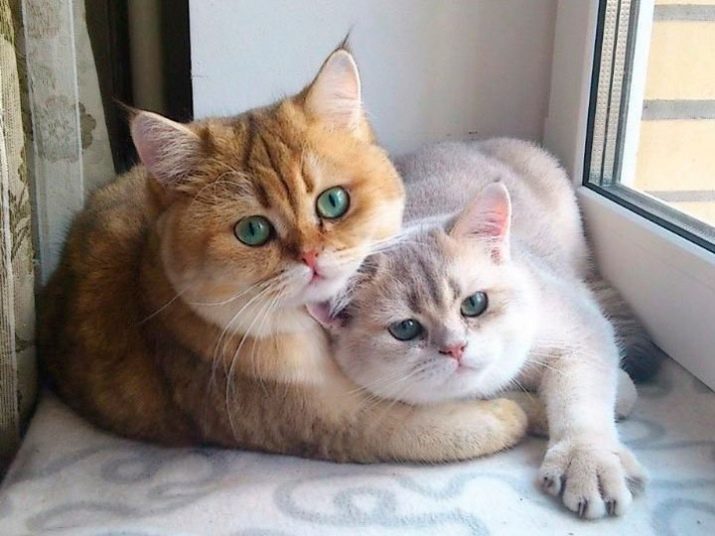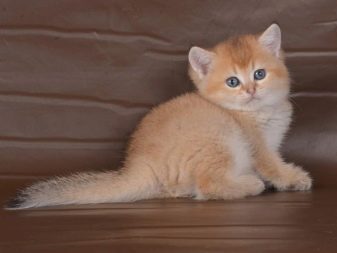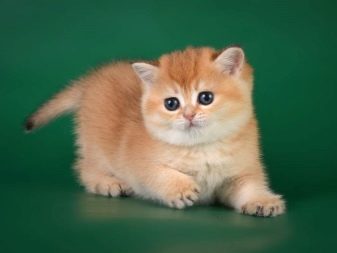Golden British Chinchilla: description of cats, nature and rules of care

British gold chinchillas are truly amazing creatures that get along well with their master and other animals in the house. However, few know that the golden chinchilla is not a separate breed of cats, but only a British color. The golden color of the chinchilla is quite rare, and therefore the representatives of cats with such a plush coat are very highly valued. In this article we will take a closer look at the description of golden British chinchillas, find out the peculiarities of their character and all the nuances of maintenance and care at home.
History of origin
It is believed that the gold and silver colors of the British chinchillas were bred artificially by crossing the Persians with the British.
Today, there are several plausible versions of the origins of the British with this color. Some sources say that the gold color was first obtained by English breeders, while others emphasize that American breeders and felinologists participated in the breeding of the color.
Among the numerous histories of origin, only one conclusion can be made: thanks to the long-term and painstaking work of professionals, such a luxurious coat color was obtained, which can be admired to this day. At the same time, British chinchillas have good health and immunity, and also have a very mild character.
Description
Golden British chinchillas, as a rule, are owners of soft and rounded shapes. The hair of the representatives of this breed is very knocked down and thick, the undercoat is also printed. The coat is so soft that it resembles arctic fox.
British chinchillas can boast of developed muscles, their front and hind legs sometimes look shorter than they really are.
Due to this, cats and cats seem a bit low and squat, but this even adds a special elegance to them.
The tail of the golden chinchilla is large, thick and fluffy, the wool on it is longer than on the whole body.
The head and ears are small. Ears slightly sloping, at a sufficient distance from each other. The eyes are large.
Wool of golden chinchillas is colored only partially. The undercoat usually has a cream, apricot or milky color, and the wool is gray-red, that is, each tip is only slightly dyed in a dark color, which creates such an amazing shade of playing gold on a fur coat.
A distinctive feature of golden chinchillas is the eyeliner around the eyes and nose of a dark brown, almost black color.
Adult cats can gain weight up to 8 kg, cats weigh up to 4-5 kg. It is also worth noting that sterilized and castrated animals in weight can reach 10 kg.
Character traits
Golden chinchillas inherited all the characteristics of the aristocratic Britons.
We can say that the British chinchilla is very mannered and at the same time calm animals. They prefer a lot of rest, eat and play on schedule. Perfectly tolerate the times when they are left alone.
Quite difficult to get along with representatives of feline other breeds, but much more well get along with dogs and other animals in the house.
Without any problems you can accustom the British to the tray. They do not beg for food from the owners, considering it inappropriate for their behavior, do not wake everyone in the morning.
Playful at any age, but prefer to play with the owner.They themselves are inactive. Golden chinchillas are very affectionate, but do not tolerate constant pressure from children. If they are exhausted, they can hide and take offense for a while.
British chinchillas rarely meow, but it is believed that they are still talkative, because they can make very original sounds, especially when they are stroked.
What are the?
Golden chinchillas are shorthair and longhair. If it seems that it is more difficult to care for long hair than short hair, then this is, of course, a delusion. For any animals, care is needed, and seasonal molting simply cannot be avoided by animals with long or short hair. All you need to constantly comb.
By breed standards, gold chinchillas with green eyes are most common, but variants with a blue and yellowish tint of the eyes are not excluded. Blue color is mainly inherent in silver chinchilla.
In the British chinchilla gold color should not be pronounced pattern on the coat, as a rule, it is soft and gentle transitions from one shade to another.
Conditions of detention
Care for British chinchillas at home is easy. The main thing is not to forget about anything.
- It is necessary to comb the animal several times a week, during the season of molting, you can comb the wool more often. To do this, use a soft cat brush.
- Brushing your teeth is also recommended for cats and cats once a month. It is desirable more often. But since the procedure is not the most pleasant, not all animals tolerate it with great pleasure, even if they are taught from childhood. The best prevention of the formation of tartar is still dry food, the parts of which gently clean the teeth.
- To cut the claws should be every 2-3 weeks or as they grow. For this procedure, you should use a special kogterez.
- Bathe British chinchillas should be several times a year, using a special shampoo.
In order to protect the animal from the most common feline diseases, it is very important to give him basic vaccinations once a year, usually they are given medicine for parasites.
Care for the cats' eyes should be done only using a clean cotton pad dipped in boiled water or chamomile solution. Use special drops to cleanse the eyes is not worth it. But the ears should be cleaned with a special lotion, but for this it is also recommended to use cotton pads, and not sticks.
It is easy to teach British chinchillas to the toilet. Therefore, even when changing the filler, animals easily adapt to the new tray.
If the animal is walking in the warm season, then it is imperative for him to get a collar from fleas and ticks. If the animal has apathy, cough or runny nose, as well as any other symptoms of the disease, it is very important to immediately consult a veterinarian without resorting to self-treatment.
On the features of the care and maintenance of the golden British chinchilla, see the following video.
Feeding
Feed the British chinchilla is very important balanced, because the right food contributes not only to the improved functioning of the cat's body, but also fills it with vitamins and minerals, which from the best side affect the quality of wool.
The finished feed contains everything you need for proper nutrition of adults and kittens. Of course, if we are talking about professional premium feed.
It is difficult to say which diet is better to choose - natural food or ready-made food. Many veterinarians and felinologists argue over this issue is not the first year. therefore the choice should be made on the basis of personal preferences, the needs of the animal and their own capabilities.
Ready feed presented in a huge variety of lines. There are both different tastes of feed, and special treatment lines, which, for example, can serve as the prevention of ICD (urolithiasis) for neutered and sterilized individuals or the prevention of acute food allergies.There are a lot of such lines in professional brands. But medicated feed should be purchased only after consulting with the attending veterinarian.
Among the finished feed, you can pick up the one even for the most fastidious animal.
Choosing a natural diet, you should understand that it should be present daily in it:
- lean meat - turkey, chicken, lamb and others;
- boiled vegetables;
- porridge - rice, buckwheat;
- eggs, you can quail, but it is desirable to feed only the yolk;
- dairy products, especially yoghurts and low-fat cottage cheese.
Meat should be given to animals, finely cut, the same applies to vegetables. It is necessary to refuse all fat, for example, pork, and fried. Do not give and milk in its purest form. Cats and cats contraindicated meat and fish with bones.
After each meal, the bowls of animals should be thoroughly washed. And eat the food as quickly as possible. Feed the animals 2 times a day at the same time.
Breeding
Golden chinchilla breeding are very expensive. The price of individuals for castration or sterilization usually varies between 15-40 thousand rubles, and for breeding an animal with all documents and pedigree can do 100 thousand rubles.
Knit animals lovers are not recommended. It is understood that such professional activities are exclusively specialized nurseries. But if you want to start your own business, you should weigh the pros and cons, calculate all the costs and think about where the animals will be kept. And only then you should buy a pair of beautiful golden chinchillas.
Knitting is a painstaking business, so is care of a pregnant cat.
That is why before starting the creation of your own nursery you should definitely take courses from felinologists and study in detail the peculiarities of the British breed.

